New Results From Our Juno Mission Suggest The Planet Is Home To “shallow Lightning.” An Unexpected
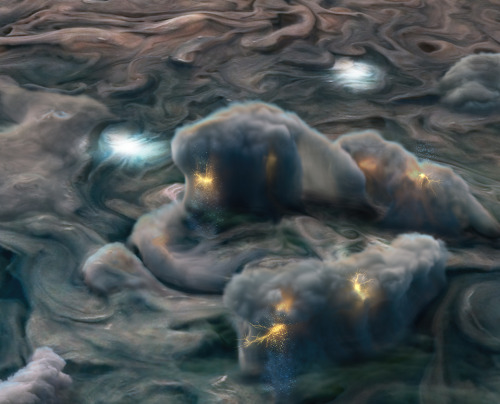
New results from our Juno mission suggest the planet is home to “shallow lightning.” An unexpected form of electrical discharge, shallow lightning comes from a unique ammonia-water solution.
It was previously thought that lightning on Jupiter was similar to Earth, forming only in thunderstorms where water exists in all its phases – ice, liquid, and gas. But flashes observed at altitudes too cold for pure liquid water to exist told a different story. This illustration uses data obtained by the mission to show what these high-altitude electrical storms look like.
Understanding the inner workings of Jupiter allows us to develop theories about atmospheres on other planets and exoplanets!
Illustration Credit: NASA/JPL-Caltech/SwRI/MSSS/Gerald Eichstädt/Heidi N. Becker/Koji Kuramura
Make sure to follow us on Tumblr for your regular dose of space: http://nasa.tumblr.com
More Posts from Ritasakano and Others
Muito bom!!

Resist the road-rage on the protein super highway.
Be sure to check out all our science GIFs here for your studyblrs, teacher websites, presentations, or mind-numbing entertainment! Just please keep our name on there and don’t sell them! :D

Zoom into the Bloodstream by Linda Nye
This amazing visualization of human circulation takes you from the heart, to the smallest arteries, to single oxygen atoms.
How many of you can name all of the scientific components that you see here? Hint: the big yellow ball with purple on it in the back is a cholesterol particle
P.S. If you’re a nerd like me and like reading journal articles, check this one by Linda Nye on biomedical visualization out : (x)
Um misto de arte e de dor.






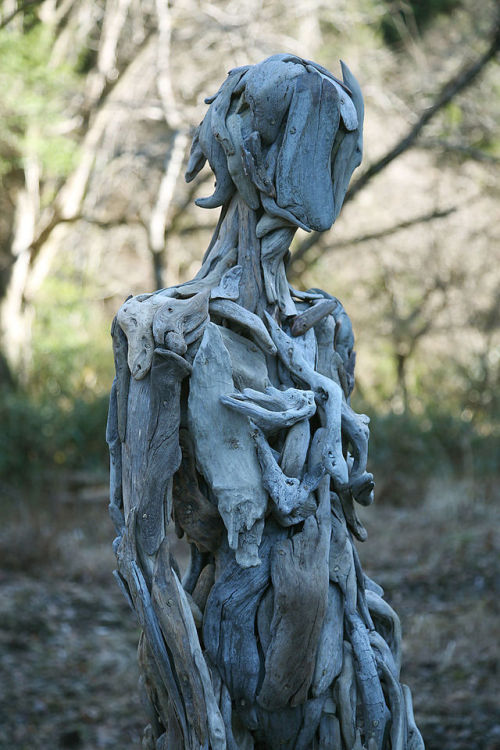



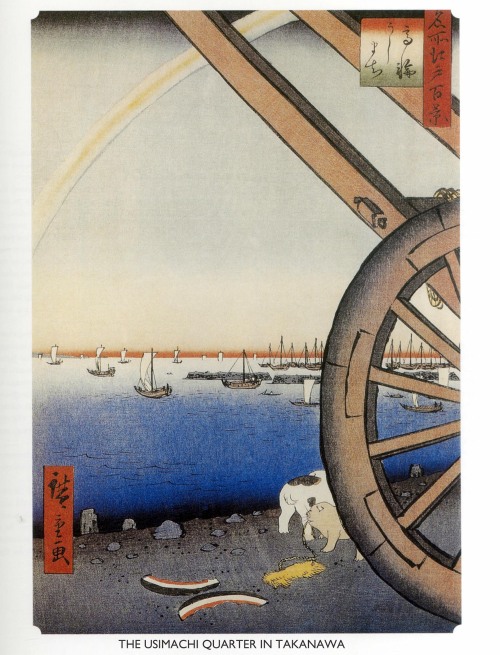
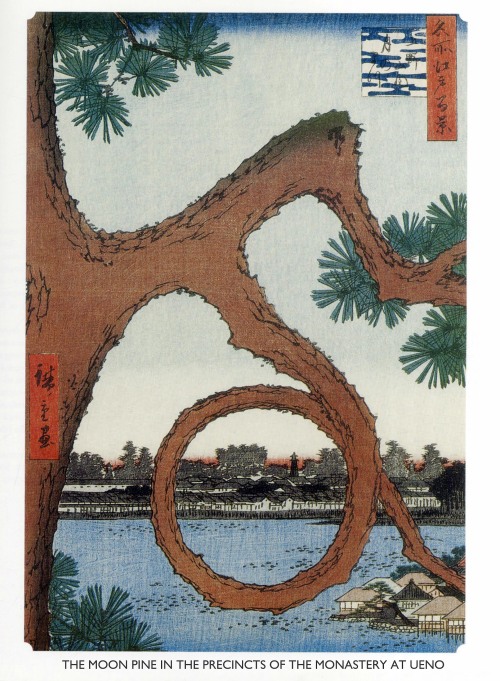
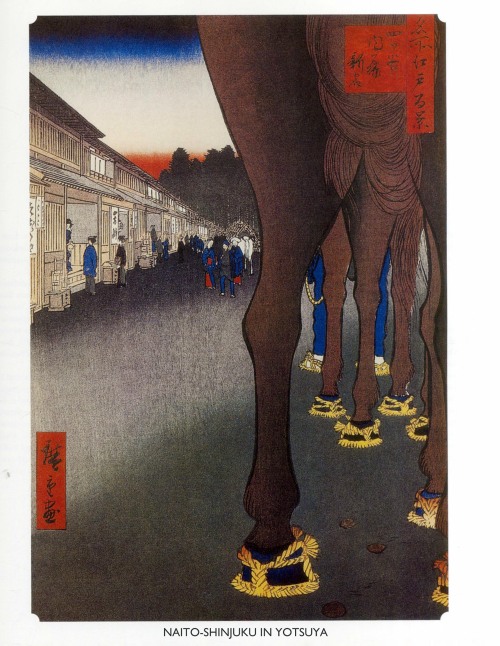

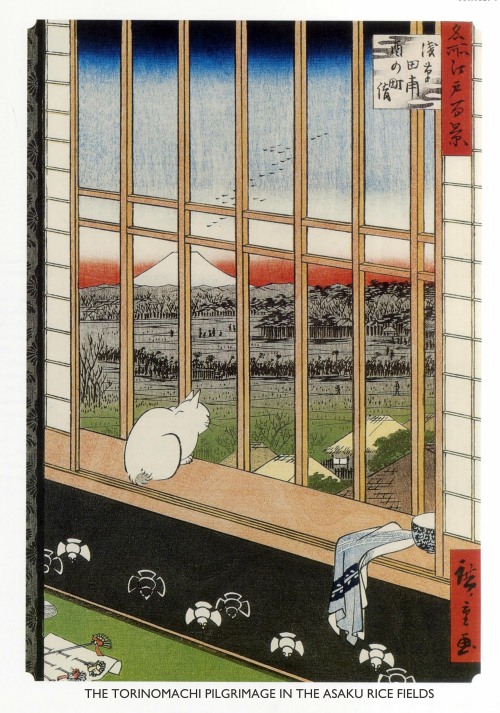
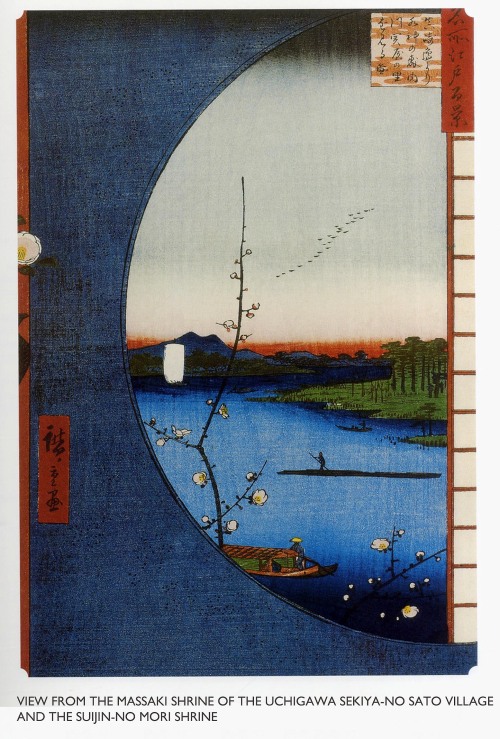
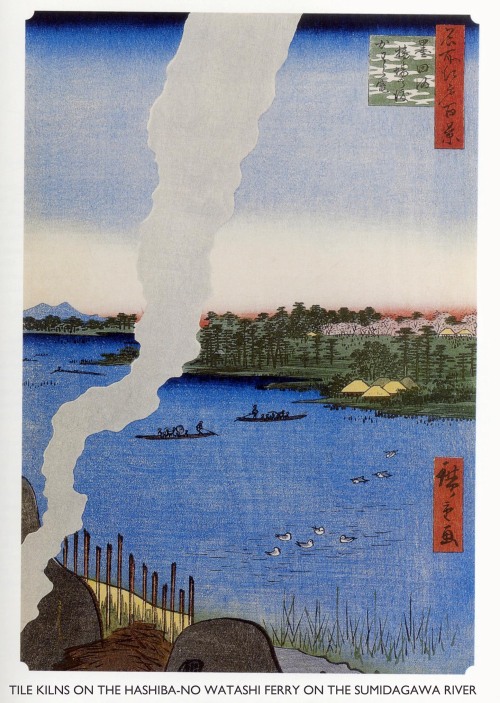
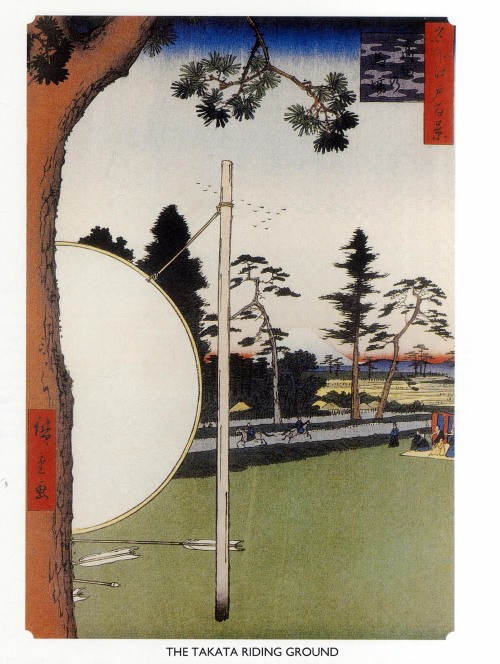


Hiroshige: from One Hundred Famous Views of Edo 1858-59 woodblock print
🍂 Outono 🍂
Folhas 🍁

via :))) by Inna Dubrovskaya / 500px Autumn Leaves
Physical Science...In Space!
Each month, we highlight a different research topic on the International Space Station. In May, our focus is physical science.

The space station is a laboratory unlike any on Earth; on-board, we can control gravity as a variable and even remove it entirely from the equation. Removing gravity reveals fundamental aspects of physics hidden by force-dependent phenomena such as buoyancy-driven convection and sedimentation.

Gravity often masks or distorts subtle forces such as surface tension and diffusion; on space station, these forces have been harnessed for a wide variety of physical science applications (combustion, fluids, colloids, surface wetting, boiling, convection, materials processing, etc).

Other examples of observations in space include boiling in which bubbles do not rise, colloidal systems containing crystalline structures unlike any seen on Earth and spherical flames burning around fuel droplets. Also observed was a uniform dispersion of tin particles in a liquid melt, instead of rising to the top as would happen in Earth’s gravity.

So what? By understanding the fundamentals of combustion and surface tension, we may make more efficient combustion engines; better portable medical diagnostics; stronger, lighter alloys; medicines with longer shelf-life, and buildings that are more resistant to earthquakes.

Findings from physical science research on station may improve the understanding of material properties. This information could potentially revolutionize development of new and improved products for use in everything from automobiles to airplanes to spacecraft.
For more information on space station research, follow @ISS_Research on Twitter!
Make sure to follow us on Tumblr for your regular dose of space: http://nasa.tumblr.com
Outro crime ambiental no Brasil. E quem continua a sofrer é a população.
-
 et-cetacea reblogged this · 2 months ago
et-cetacea reblogged this · 2 months ago -
 flastar13 liked this · 4 months ago
flastar13 liked this · 4 months ago -
 spensaweight77 liked this · 1 year ago
spensaweight77 liked this · 1 year ago -
 bugeyedcreature reblogged this · 1 year ago
bugeyedcreature reblogged this · 1 year ago -
 bugeyedcreature liked this · 1 year ago
bugeyedcreature liked this · 1 year ago -
 advecirclade liked this · 1 year ago
advecirclade liked this · 1 year ago -
 bilexualclarke liked this · 1 year ago
bilexualclarke liked this · 1 year ago -
 dailypolnareff liked this · 2 years ago
dailypolnareff liked this · 2 years ago -
 stardating reblogged this · 2 years ago
stardating reblogged this · 2 years ago -
 sourpatchstarkids reblogged this · 2 years ago
sourpatchstarkids reblogged this · 2 years ago -
 stardropfairy reblogged this · 2 years ago
stardropfairy reblogged this · 2 years ago -
 rajkosaraju reblogged this · 2 years ago
rajkosaraju reblogged this · 2 years ago -
 rajkosaraju liked this · 2 years ago
rajkosaraju liked this · 2 years ago -
 drowningangels liked this · 2 years ago
drowningangels liked this · 2 years ago -
 midnightweaver reblogged this · 2 years ago
midnightweaver reblogged this · 2 years ago -
 darkandstormynights liked this · 3 years ago
darkandstormynights liked this · 3 years ago -
 qcity-blackbird reblogged this · 3 years ago
qcity-blackbird reblogged this · 3 years ago -
 sergiomigcampos liked this · 3 years ago
sergiomigcampos liked this · 3 years ago -
 hotniatheron reblogged this · 3 years ago
hotniatheron reblogged this · 3 years ago -
 xizra liked this · 3 years ago
xizra liked this · 3 years ago -
 3amchild reblogged this · 3 years ago
3amchild reblogged this · 3 years ago -
 riosvilla-blog liked this · 3 years ago
riosvilla-blog liked this · 3 years ago -
 saoga liked this · 3 years ago
saoga liked this · 3 years ago -
 thereisanamewewanttocallyou reblogged this · 3 years ago
thereisanamewewanttocallyou reblogged this · 3 years ago -
 arinrowan reblogged this · 3 years ago
arinrowan reblogged this · 3 years ago -
 art-and-revolution liked this · 3 years ago
art-and-revolution liked this · 3 years ago -
 madkin776 liked this · 3 years ago
madkin776 liked this · 3 years ago